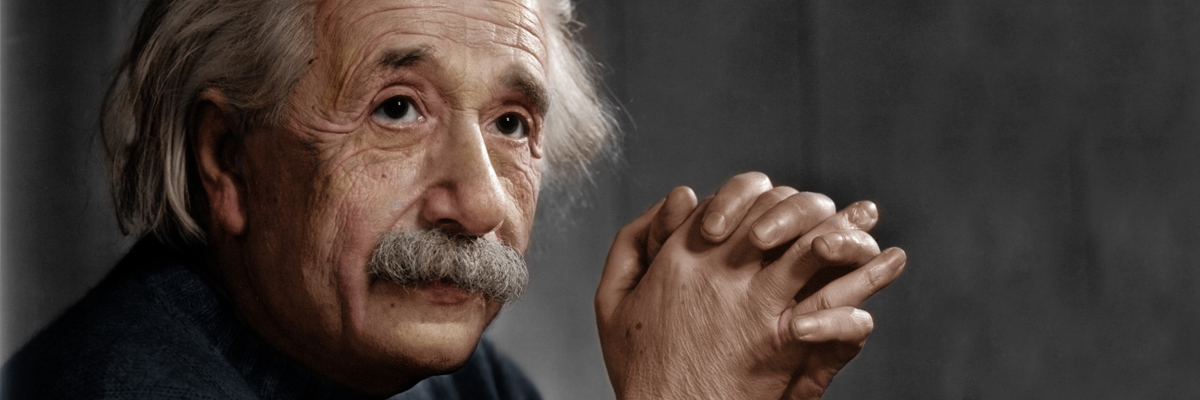In 1905, at the age of 26, Einstein published four trailblazing papers that still define how we think about physics today: Photoelectric effect, Brownian motion, Special relativity, and the relation of mass and energy (E = mc2).
Although we can’t all be Einstein, what is interesting about his life (and how that applies to us mere mortals) is that he seems to have reached peak creativity pretty early on in his life.
While he published more than 300 scientific papers, and 150 non-scientific ones in his lifetime – the work he is most well known for, was published early on in his career.
You can find similar parallels with most professionals and entrepreneurs. Just out of school, and entering the workforce – most of us have grandiose ideas about how we’ll change the world, or what kind of life we’ll make. Early on in our careers, we’re full of ideas. Challenging the status quo of whatever industry we enter with fresh, and perhaps naive, ideas.
And then a few things happen:
- In most organizations, younger people are seldom listened to, given attention or provided guidance. And so they toil, settling into a well-trodden climb up to decision maker status.
- Steeping in a culture of “this is how it’s done” over the course of years, they start losing their creative edge and stop sharing “unreasonable” ideas.
- As life’s pressures start mounting, the elements of “play” and “creative thinking” give way to car and mortgage payments, what furniture to buy, and what diet to follow.
As time goes along, we start setting our assumptions, preferences and worldviews in stone. This often happens in the early to mid-twenties (great article on this). By the time most us hit the big 3-0, we have a set taste in music, books, and politics. We stick with the familiar. It becomes a dogma of sorts. It’s part of the reason it becomes harder to change, and reinvent ourselves as we age.
And therein lies the problem.
By this point in time, most of us have the resources and a body of knowledge to make a much more significant contribution. But we don’t stop to ask “is this the right way to do things anymore?”, “what if I had to start from scratch?”, or “if I could travel back in time, what would I do differently?”.
We stop challenging our assumptions, familiar preferences and worldviews. We don’t break the pattern, resulting in a slow, but steady decline into inconsequentiality.
And so I believe we have to bring some of that creative edge, naive thinking, and a beginner mind BACK to our work. By challenging our assumptions, and those made with our work. It is a simple idea that can be incredibly hard to executive – but is necessary to keep growing and evolving.
Here are a few pattern-break questions you may consider asking yourself:
- If you absolutely HAD TO make 10X what you make right now – how would you do it? (borrowed from Dan Sullivan)
- If you had to start from scratch with a laptop and a $1000, but no contacts or other equipment – what would you do?
- Write down your top 25 professional or personal goals. Circle the TOP 5. Do not work on the bottom 20, until you’ve achieved the top 5. (borrowed from Warren Buffet)
- If you could travel back in time to when you were 23 – knowing what you know now –what’s the first thing you would do?
- If you could only accomplish ONE THING in the next 30 days, what would it be?
The way to growth and getting the creative edge back in your thinking is to ask challenging questions, to learn new things, and find ways to reinvent yourself.
